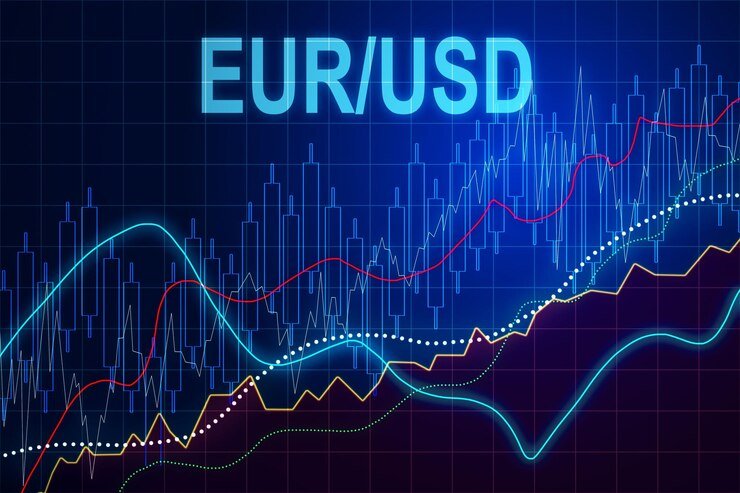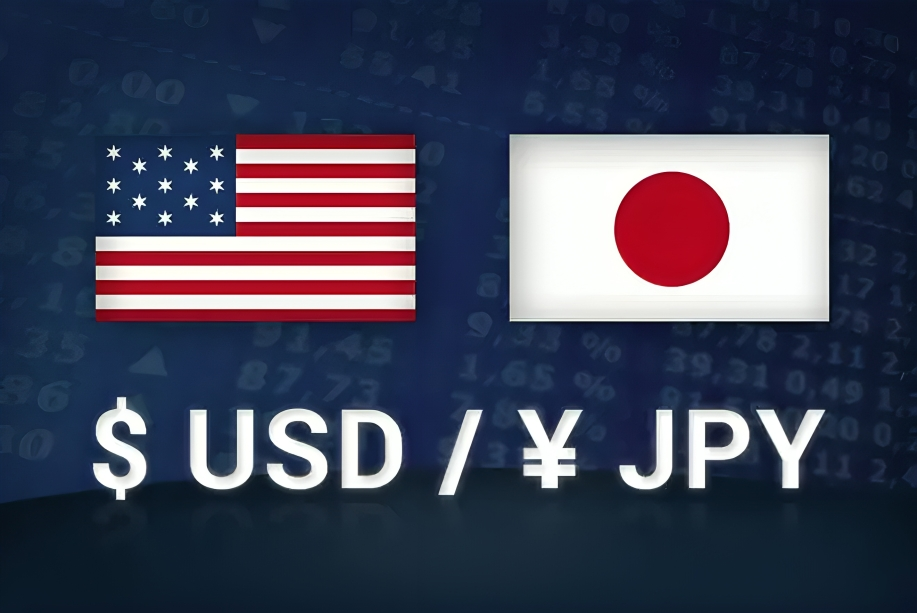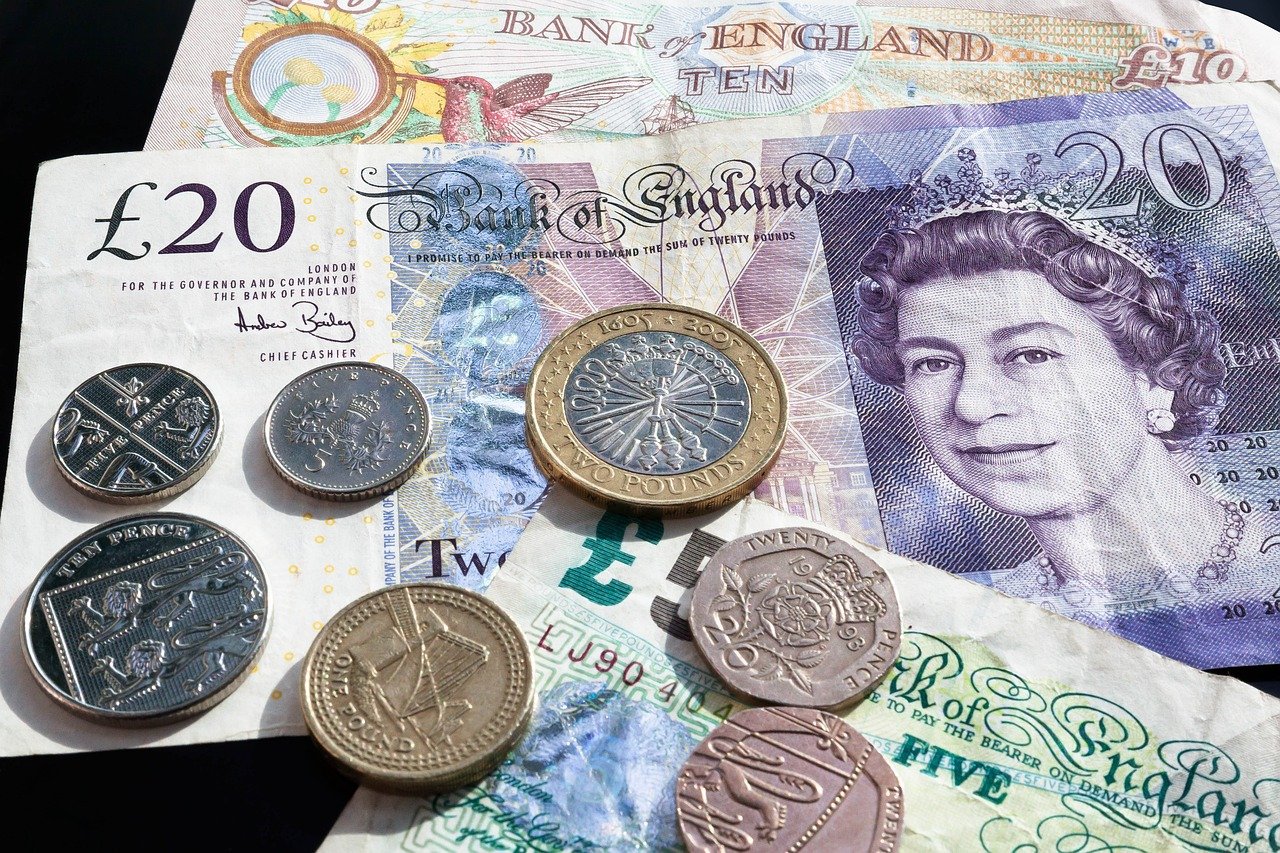EUR/USD corrected lower to near 1.0350 after touching a two-week high of 1.0430, as the US Dollar rebounded on Tuesday following assurances from Donald Trump that his tariff hike plan is still on the table. The Greenback, which had lost on Monday due to the lack of immediate tariff actions in Trump’s initial comments, regained strength as markets digested his focus on trade imbalances with Europe. Meanwhile, dovish expectations for the European Central Bank (ECB) and mixed economic sentiment data from the Eurozone added to the Euro’s struggles. Although a near-term bounce above the 20-day EMA is possible, the bigger picture for EUR/USD remains bearish with key support at 1.0177 and resistance at 1.0500.
KEY LOOKOUTS
• The Greenback bounces back as Donald Trump confirms his tariff hike plan, strengthening its position after a temporary dip in Monday’s session.
• Weak German ZEW Economic Sentiment Index and dovish ECB expectations put pressure on the Euro, thus preventing it from maintaining the upside.
• EUR/USD breaks the 20-day EMA resistance at 1.0346 to test the potential for short-term recovery, yet the long-term bearish direction remains intact and the resistance of 1.0500 can be seen in the chart.
• Trump underlines that the trade deficit needs to be addressed with Europe and the thought is of tariffs or increased Eurozone imports of US oil and gas-keeping markets wary of future policy impacts.
EUR/USD traded down to 1.0350 on Tuesday as the US Dollar rebounded, driven and supported by Donald Trump’s assurance that tariff increases remain a live option to rebalance trade imbalances with Europe. This was after the Monday’s drop as the lack of immediate tariff measures had softened the Greenback. The Euro declined amid dovish ECB expectations and mixed economic sentiment data, which include a sharper than expected decline in Germany’s ZEW index. Despite EUR/USD breaking above its 20-day EMA to signal a potential short-term bounce, the trend remains bearish, with a key support level at 1.0177 and resistance at 1.0500.
EUR/USD declined to 1.0350 as the US Dollar recovered after Donald Trump confirmed the imposition of tariffs to balance trade imbalances with Europe. Dovish ECB expectations and weak German data put pressure on the Euro, limiting its recovery.
• The pair corrected lower to 1.0350 after hitting a two-week high of 1.0430 on Monday.
• The Greenback rallied on Donald Trump’s confirmation of a potential increase in tariffs, thus reversing the losses.
• Trump said that trade deficit with Europe should be resolved through tariffs or increased Eurozone imports of US oil and gas.
• European Central Bank officials announced gradual policy easing, which further weighed on the Euro’s performance.
• Germany’s ZEW Economic Sentiment Index plummeted sharply, showing concerns over the economic outlook.
• EUR/USD broke above the 20-day EMA but is still bearish in the long term, with resistance at 1.0500.
• The low on January 13 at 1.0177 is a crucial support zone for the currency pair.
EUR/USD fell back to 1.0350 on Tuesday after it had touched a two-week high of 1.0430 on Monday, as the US Dollar rebounded sharply. The Greenback’s rebound was buoyed by Donald Trump’s confirmation that tariff increases are still on the table as part of plans to alleviate the trade deficit with Europe. The assurance reversed losses from Monday, when the currency dove amid a lack of near-term tariff moves from Trump in the presidential memo. Another blow was Germany’s weak ZEW Economic Sentiment data, which plummeted to 10.3 in January, marking a poor economic view. Mixed Eurozone sentiment data and dovish expectations over the European Central Bank further hampered the Euro in its fight to regain its footings.
EUR/USD Daily Price Chart.

Source: TradingView Prepared By ELLYANA
As for the charts, EUR/USD indeed broke above 20-day EMA at 1.0346, suggesting recovery in the immediate term. Its overall outlook remained bearish while the 200-day EMA continued trending in a downward movement. Resistance at 1.0500 continues to be the main obstacle for Euro bulls, while the low of January 13 at 1.0177 is the critical support point. Market players are still divided about the US Dollar’s direction as expectations of slow Federal Reserve policy easing reduce downside risks for the Greenback, while Trump’s trade stance keeps the Euro on the back foot.
TECHNICAL ANALYSIS
EUR/USD mixed outlook. The pair broke above its 20-day EMA at 1.0346, which might bring a short-term recovery back on the table. But on the much longer time frame, there is still some additional selling pressure, with the slope of the 200-day EMA at 1.0702 bearing down, indicating underlying weakness. For momentum indicators, the 14-day RSI showed a bullish divergence as prices continued to trade to lower lows while momentum printed higher lows. Key resistance is set above the psychological level at 1.0500, which will be an important barrier for bulls in Euro while the critical support will be established by January 13 low at 1.0177. These levels will keep guiding near-term trading decisions as the market remains cautious.
FORECAST
EUR/USD may witness upward momentum if the pair can maintain above the 20-day EMA at 1.0346 that will indicate short-term strength on the bullish side. A break above the level of psychological resistance of 1.0500 could prompt further buying and take the euro towards the next resistance zones at 1.0575 and 1.0630. Soft Eurozone data or any dovish signals from the Fed may also boost the Euro, and hence, it provides scope for the rally. Global market risk appetite may improve, while fears about any imminent hikes in US tariffs may also lessen, and thus support an upward move in the pair.
On the negative side, EUR/USD remains vulnerable so long as it trades below the 200-day EMA and continues to strengthen the longer-term bearish view. A fall below the major support level of 1.0177 can accelerate selling pressure, with targets near 1.0100 and the parity level at 1.0000. Further headwinds may also come in the way of the Euro if the European Central Bank maintains its dovish policy stance or if the economic sentiment of Germany and the Eurozone continues to worsen. Strength in the US Dollar, driven by a hawkish Federal Reserve or better-than-expected US data, will only add more weight to the pair, thereby curbing recovery.







